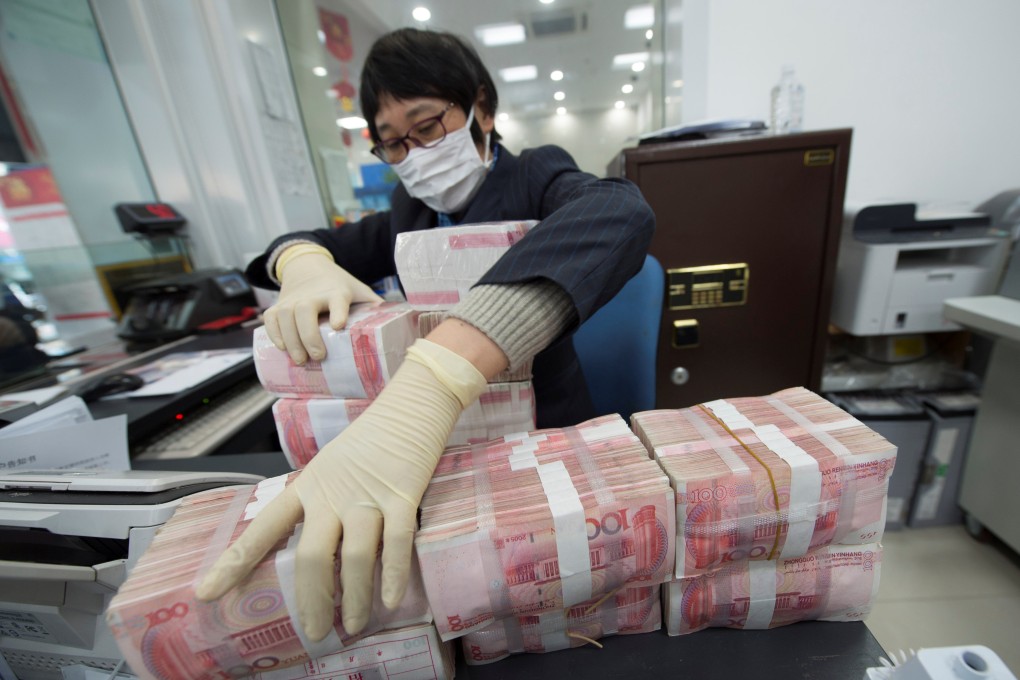China’s reserve requirement ratio cut ‘better late than never’, set to release US$70 billion to boost economy
- People’s Bank of China confirmed a 0.25 percentage point reduction to the reserve requirement ratio on Friday
- The decision was within expectations, but comes at a time when the world’s second-largest economy is facing a new round of coronavirus disruptions

China’s central bank cut the amount of cash that banks must hold in reserve for the second time this year on Friday to shore up the coronavirus-hit economy, a move which analysts said is “not too late”, but also that Beijing still needs to roll-out more supportive policies.
The People’s Bank of China (PBOC) said the 0.25 percentage point cut of the reserve requirement ratio (RRR) to 7.8 per cent will take place on December 5 and inject around 500 billion yuan (US$70 billion) in long-term liquidity.
The decision, which was within expectations, comes at a time when the world’s second-largest economy is facing a new round of coronavirus disruptions, with daily infections having already jumped to more than 31,000.
“The impact of the Covid-19 outbreaks is already quite damaging. The RRR cut is reasonable,” said Iris Pang, chief economist for Greater China at ING.
The RRR cut is better late than never. The move may now also encourage banks to lend to the beleaguered real estate sector
She added that the RRR cut was “not too late”, but that it needs to be accompanied by other less conventional monetary policy to boost its effectiveness, especially when it comes to tackling financing problems for small retailers and companies operating in the catering sector.